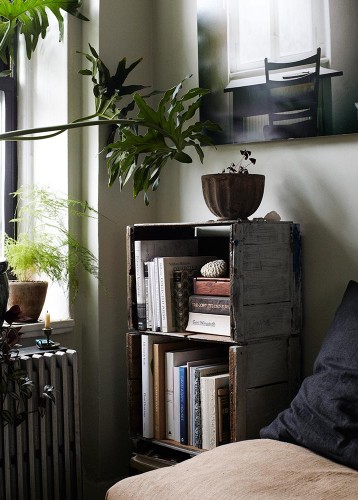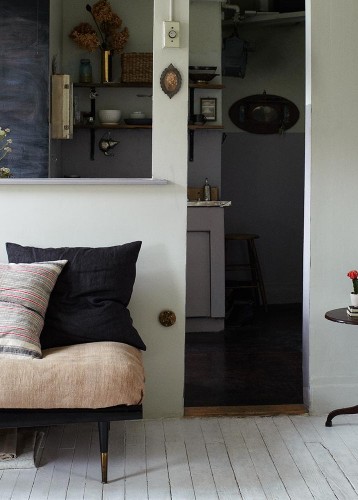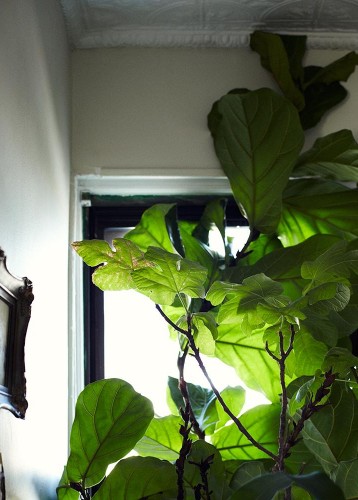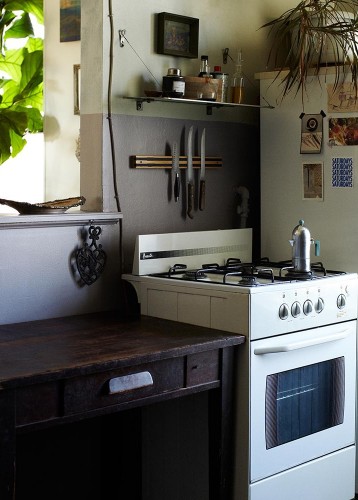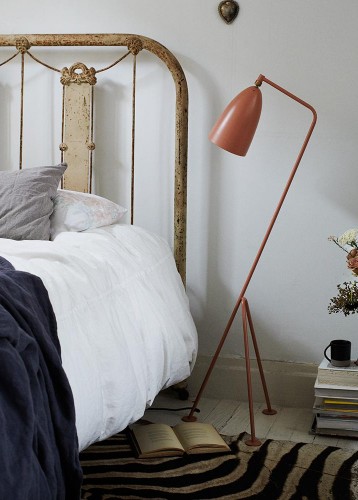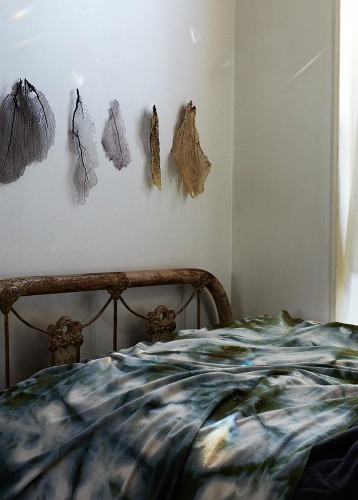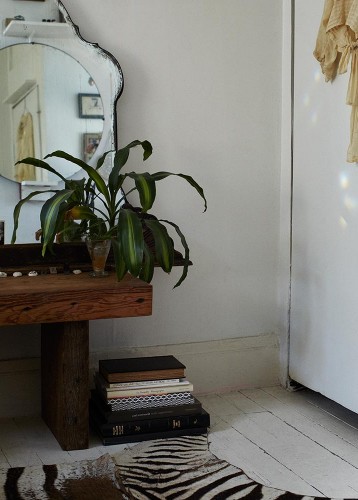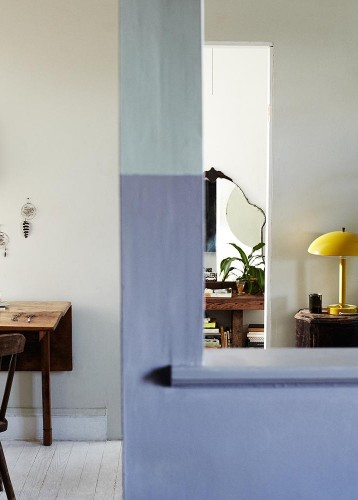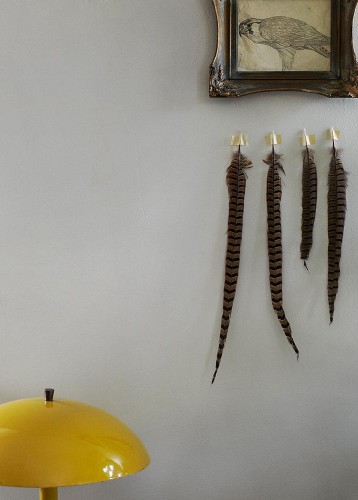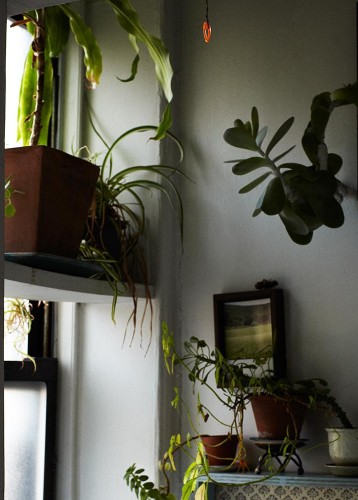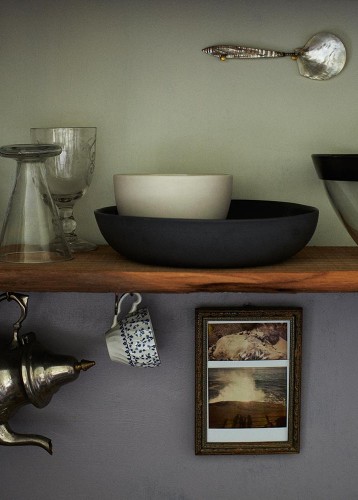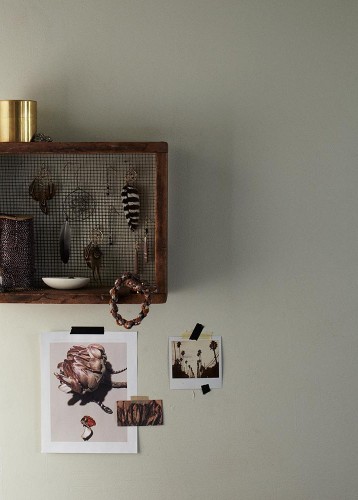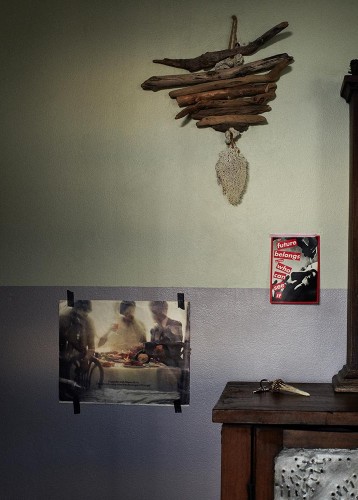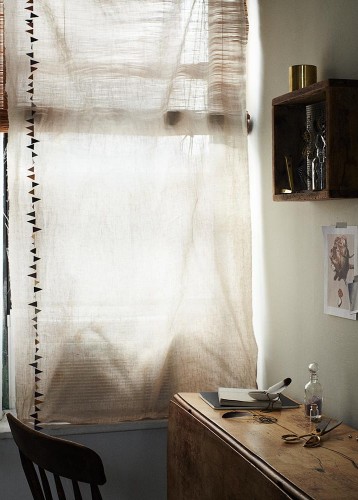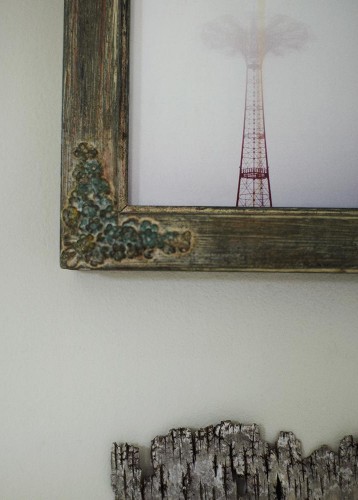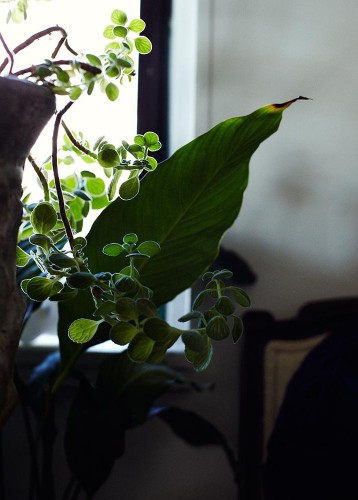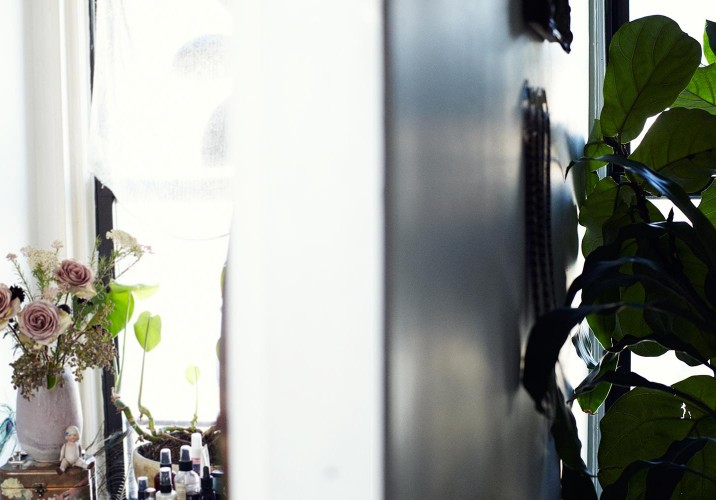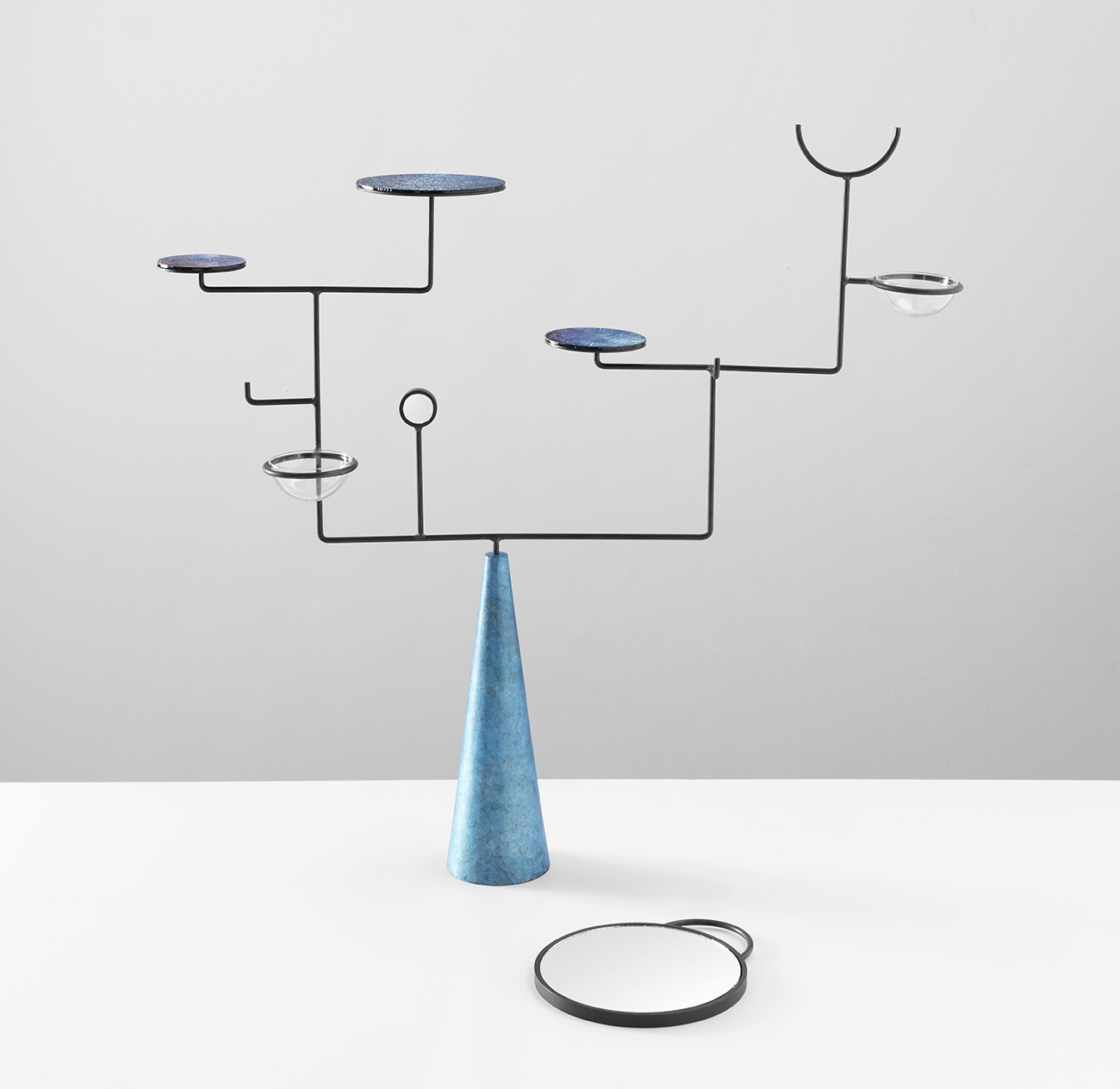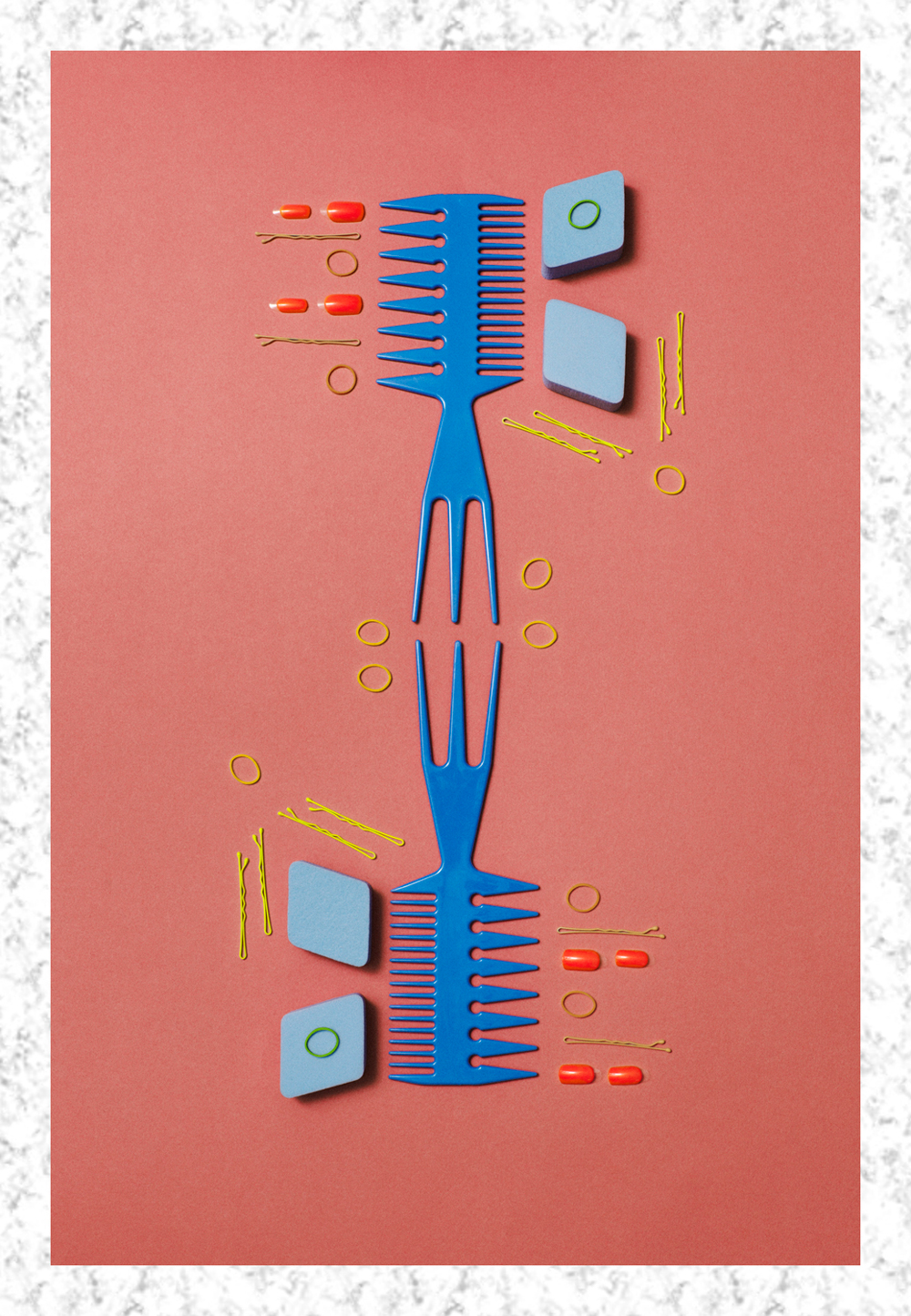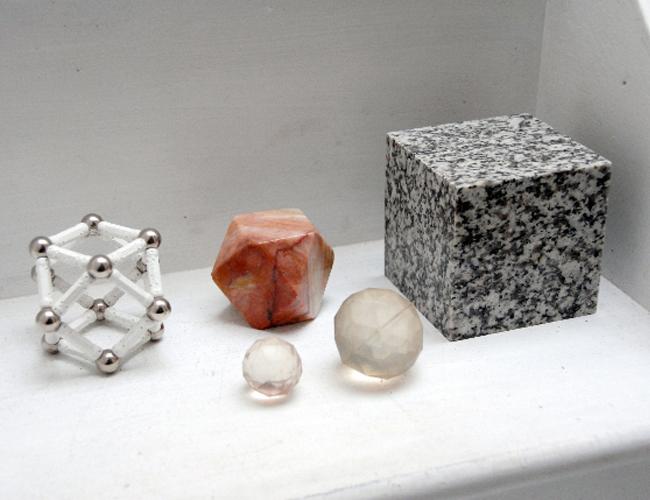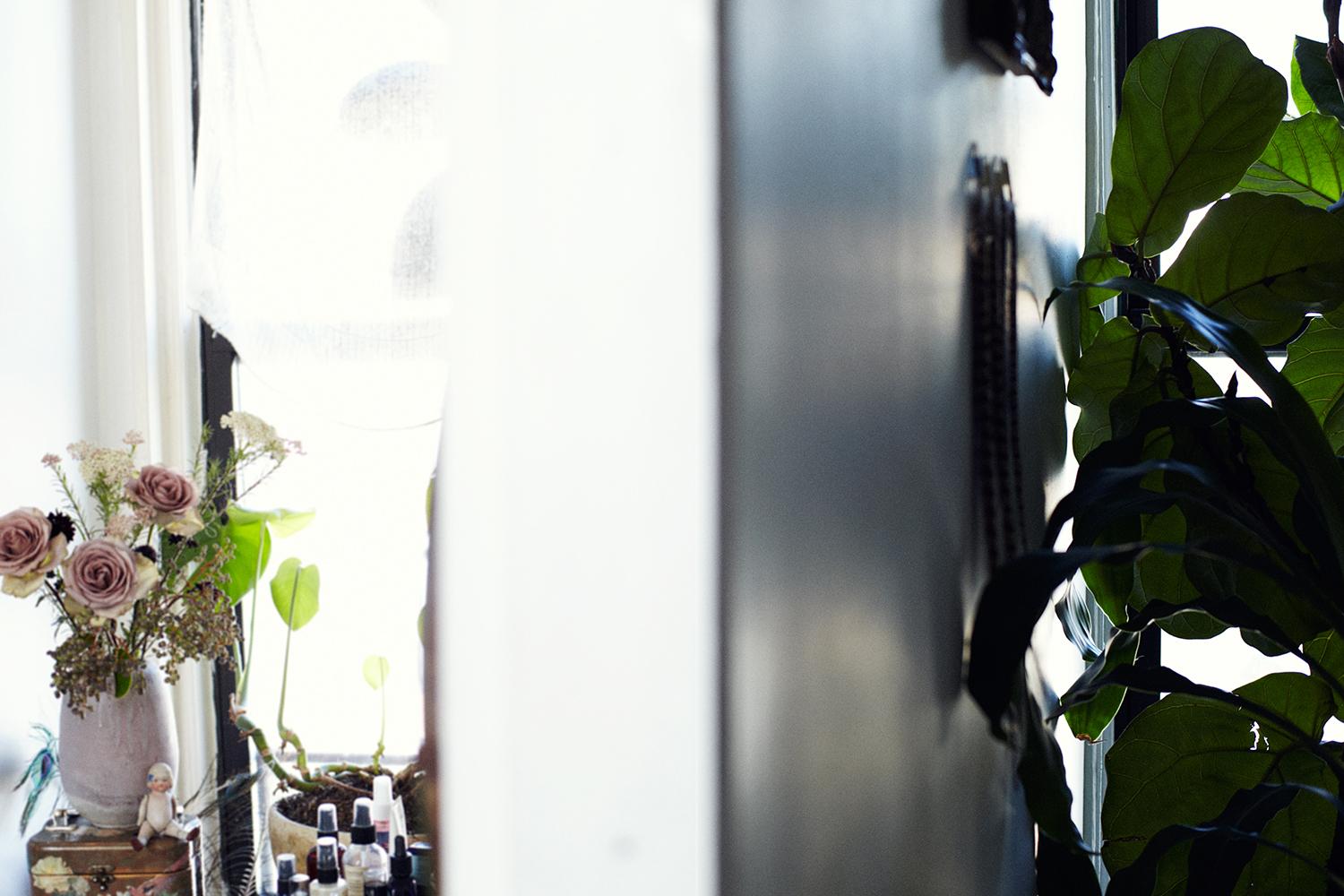
01.10.14
At Home With
Rebecca Bartoshesky, prop stylist
PHOTOGRAPHY BY PIPPA DRUMMOND
Prop styling is a little bit like industrial design only in that some of its best practitioners never even realized it was a career until after they’d finished school. Such was the case with Rebecca Bartoshesky, an up-and-coming New York prop stylist who studied interior design at FIT. “After working in firms for a while, sitting at a computer 9 to 5, I wanted to switch it up, but I didn’t even know prop styling existed as a career until maybe four years ago,” Bartoshesky told me over the phone on a cozy winter day last month. “I’d be looking at these beautiful photographs, mostly in blogs and magazines — this was before Tumblr or Pinterest or any of those things — and suddenly it hit me that there was a person behind the scenes working with the photographers.” Bartoshesky began cold-calling stylists she admired and spent a few years assisting. Now she’s ready to break out on her own.
We discovered Bartoshesky through one of our new photographers, Pippa Drummond, who worked together on a project we featured earlier last year as well as on some of the other tests and still-lifes that you can see on Bartoshesky’s portfolio site. The two collaborated on the shoot at right as well: a look into Bartoshesky’s own home, the stylist’s ultimate canvas. “In my apartment, everything has its place,” she says. “It’s been meticulously thought out and placed.” But a sense of composition, she says, is something you have to cultivate within yourself. “You can’t really learn it. You can see where another stylist has placed something but a lot of it is in your own head. One of my first jobs was working in a furniture store where I grew up in Maryland, and I would do vignettes or floral arrangements. So pretty much every thing I’ve been doing since I was 16 is about placement or where things should go. The thing with interior design is that sometimes you’re working on the same project for two or three years. With styling you can create a beautiful image within a day or a week and move on to something else.”
